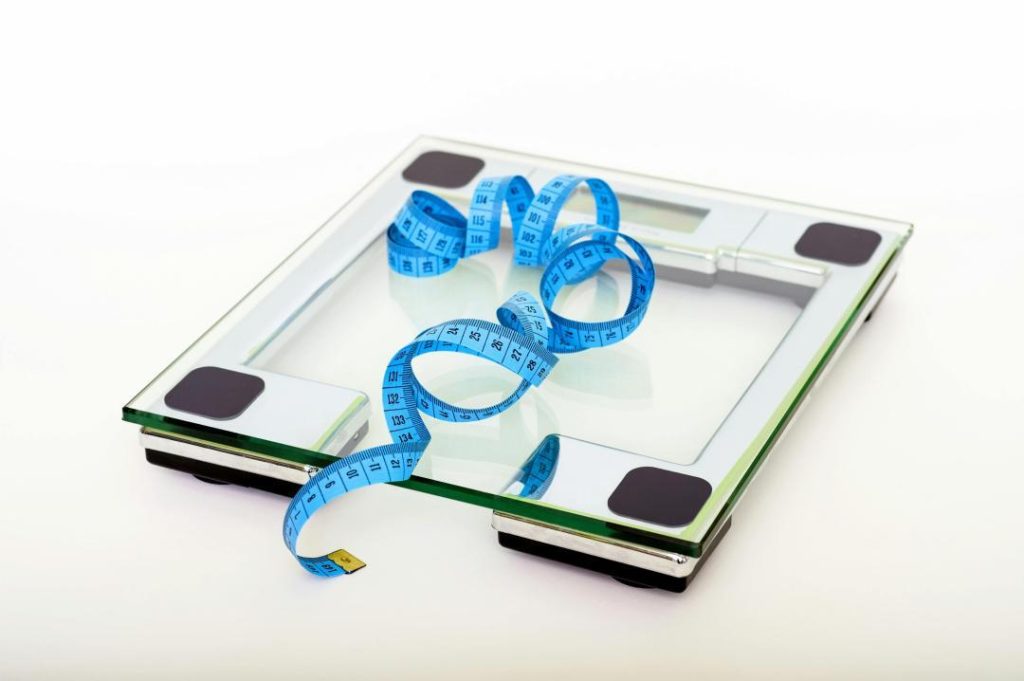
Can You Lose Fat Without Losing Muscle Mass?
When it comes to weight loss, many of us focus on shedding pounds as quickly as possible, without giving much thought to the potential consequences. However, losing weight too quickly can often result in muscle loss, which can have negative effects on our overall health and fitness. The good news is that it is possible to lose fat without losing muscle mass, and it’s more achievable than ever before.
Losing Muscle Mass: A Common Side Effect of Weight Loss
When we lose weight, our bodies naturally shed both fat and muscle tissue. This is because fat and muscle are both metabolized by the body, and when we’re in a calorie deficit, our bodies will use whatever energy source is available to them. Unfortunately, muscle tissue is more metabolically active than fat tissue, which means that it requires more energy to maintain. As a result, when we lose muscle mass, our resting metabolic rate (RMR) can slow down, making it more difficult to lose weight in the long run.
The Importance of Muscle Mass
Muscle mass is important for a variety of reasons. Not only does it help us maintain strength and mobility, but it also plays a crucial role in regulating our metabolism and blood sugar levels. When we have more muscle mass, our bodies are able to burn calories more efficiently, which can help us maintain weight loss over time. Additionally, muscle mass helps to regulate blood sugar levels by storing glucose in the muscles, which can help to prevent spikes in blood sugar levels.
How to Lose Fat Without Losing Muscle Mass
So, how can we achieve weight loss without sacrificing precious muscle mass? The key is to focus on a balanced diet and regular exercise, with a specific emphasis on strength training. Here are some tips to help you get started:
-
Eat Enough Protein: Protein is essential for muscle growth and maintenance, so it’s important to make sure you’re consuming enough protein-rich foods in your diet. Aim for 1.2-1.6 grams of protein per kilogram of body weight per day, spread out over three to five main meals.
-
Focus on Strength Training: Resistance exercise is essential for building and maintaining muscle mass. Aim to do strength training exercises at least two to three times per week, targeting all major muscle groups. You can use free weights, resistance bands, or weight machines at the gym.
-
Don’t Overdo It on the Cardio: While cardio exercise is important for overall fitness, it’s not the best way to burn fat. In fact, excessive cardio can actually cause muscle loss, especially if you’re not eating enough protein to support muscle growth. Aim for 15-20 minutes of moderate-intensity cardio per session, and focus on strength training for the majority of your workout.
-
Get Enough Rest and Recovery: Adequate rest and recovery are crucial for muscle growth and maintenance. Make sure you’re getting 7-9 hours of sleep per night, and take rest days as needed.
-
Monitor Your Progress: It’s important to monitor your progress to ensure you’re losing fat and not muscle. Take body measurements and weight yourself regularly, and track your progress photos. This will help you stay motivated and make adjustments to your diet and exercise routine as needed.
The Benefits of Combining Diet and Exercise
When it comes to weight loss, diet and exercise are the most effective combination. By focusing on a balanced diet and regular exercise, you can achieve weight loss while preserving precious muscle mass. Here are some benefits to combining diet and exercise:
-
Improved Metabolism: A healthy diet and regular exercise can help improve your metabolism, making it easier to lose weight and maintain weight loss over time.
-
Increased Strength and Mobility: Regular exercise can help improve your strength and mobility, making it easier to perform daily activities and enjoy hobbies.
-
Better Blood Sugar Control: A healthy diet and regular exercise can help regulate blood sugar levels, reducing the risk of developing type 2 diabetes.
-
Improved Mental Health: Exercise has been shown to have a positive impact on mental health, reducing stress and anxiety.
Conclusion
Losing fat without losing muscle mass is possible, but it requires a combination of a balanced diet and regular exercise. By focusing on strength training, eating enough protein, and getting enough rest and recovery, you can achieve weight loss while preserving precious muscle mass. Remember to monitor your progress and make adjustments to your diet and exercise routine as needed. With patience and consistency, you can achieve your weight loss goals and maintain a healthy, fit body for years to come.
Sources:
https://thepfc.club/blogs/news/what-is-high-quality-weight-loss






